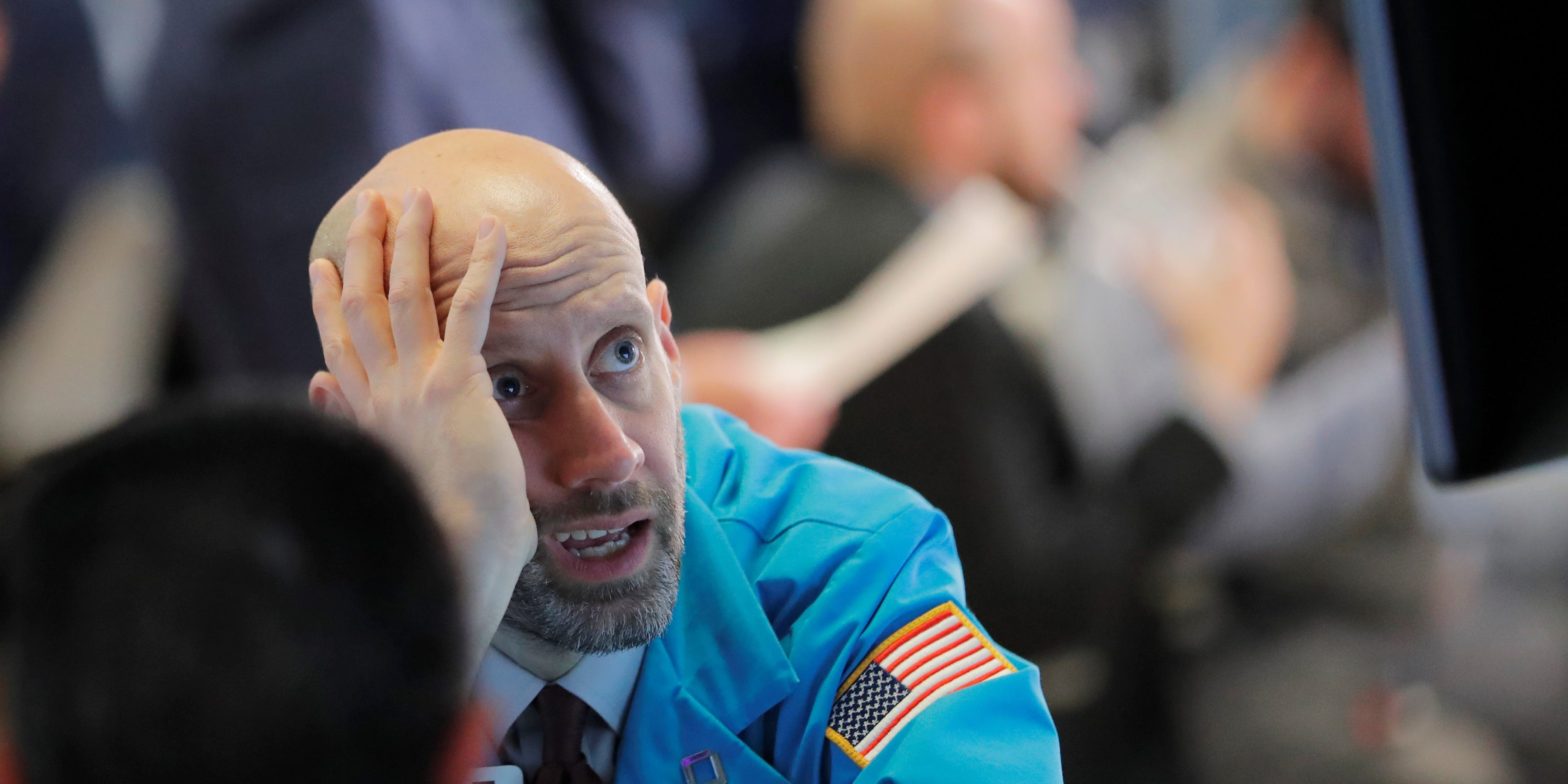Investors should be prepared for more “misery” ahead after the S&P 500 entered a bear market on Monday, according to Bank of America.BofA listed a host of reasons why there is likely more downside for stock prices as inflation continues to surge higher.A look at prior bear markets suggests the S&P 500 could fall another 14% and won’t bottom until November, according to SIG’s Chris Murphy. Loading Something is loading.
Investors should prepare themselves for more “misery” ahead after the S&P 500 officially entered bear market territory on Monday, according to Bank of America.
The bank said in a Tuesday note that still-rising inflation and imminent interest rate hikes from the Federal Reserve are likely to drive continued volatility in stock prices. The Fed is expected to raise interest rates by 75 basis points on Wednesday, which is more than the prior expected rate hike of 50 basis points. The marked shift comes after Friday’s hot CPI inflation report exceeded economist estimates and showed no signs of cooling off.
“Wall Street sentiment is dire but no big low in stocks before big high in yields and inflation, and the latter requires uber-hawkish Fed hikes in June and July,” BofA said. Bank of America isn’t alone in its view that stocks will only bottom until a decisive peak in inflation has been printed.
The dire sentiment on Wall Street is driven by global growth optimism dropping to an all-time low, stagflation fears rising to their highest level since 2008, and corporate profit outlooks deteriorating to their worst level since 2008, according to BofA’s fund manager survey.
Looking back at historical bear markets, BofA’s call for more misery could be correct, as a V-shaped recovery similar to the one seen in March 2020 is more of an exception than the rule.
Susquehanna International Group’s Chris Murphy analyzed all 12 bear market sell-offs that have occurred since 1945 in a note to clients on Tuesday. So what happened next?
“Looking at the other 12 bear markets we see that on average after the SPX enters bear market territory it continues to fall another 14% taking 103 trading days before reaching a bottom,” he said, adding that if the historical pattern holds, the stock market wouldn’t put in a potential bottom until early November.
A decline of that magnitude would send the S&P 500 down to about 3,250.
The scenario of a stock market bottom in November makes sense given that markets rarely bottom during the summer months and since investors will likely breathe a sigh of relief after the midterm elections are resolved in early November.
Additionally, if Republicans manage to win control of the House or Senate, investors could turn more optimistic given that on average the stock market has performed best whenever power in Washington, D.C., was split among Republicans and Democrats, according to data from LPL.
“Remember, gridlock is good, as it pulls policy towards compromise and avoids extremes,” LPL’s Ryan Detrick said.
Deal icon An icon in the shape of a lightning bolt. Keep reading
More: MI Exclusive Stock Market Outlook stock market 2022 Stock Market Chevron icon It indicates an expandable section or menu, or sometimes previous / next navigation options.
